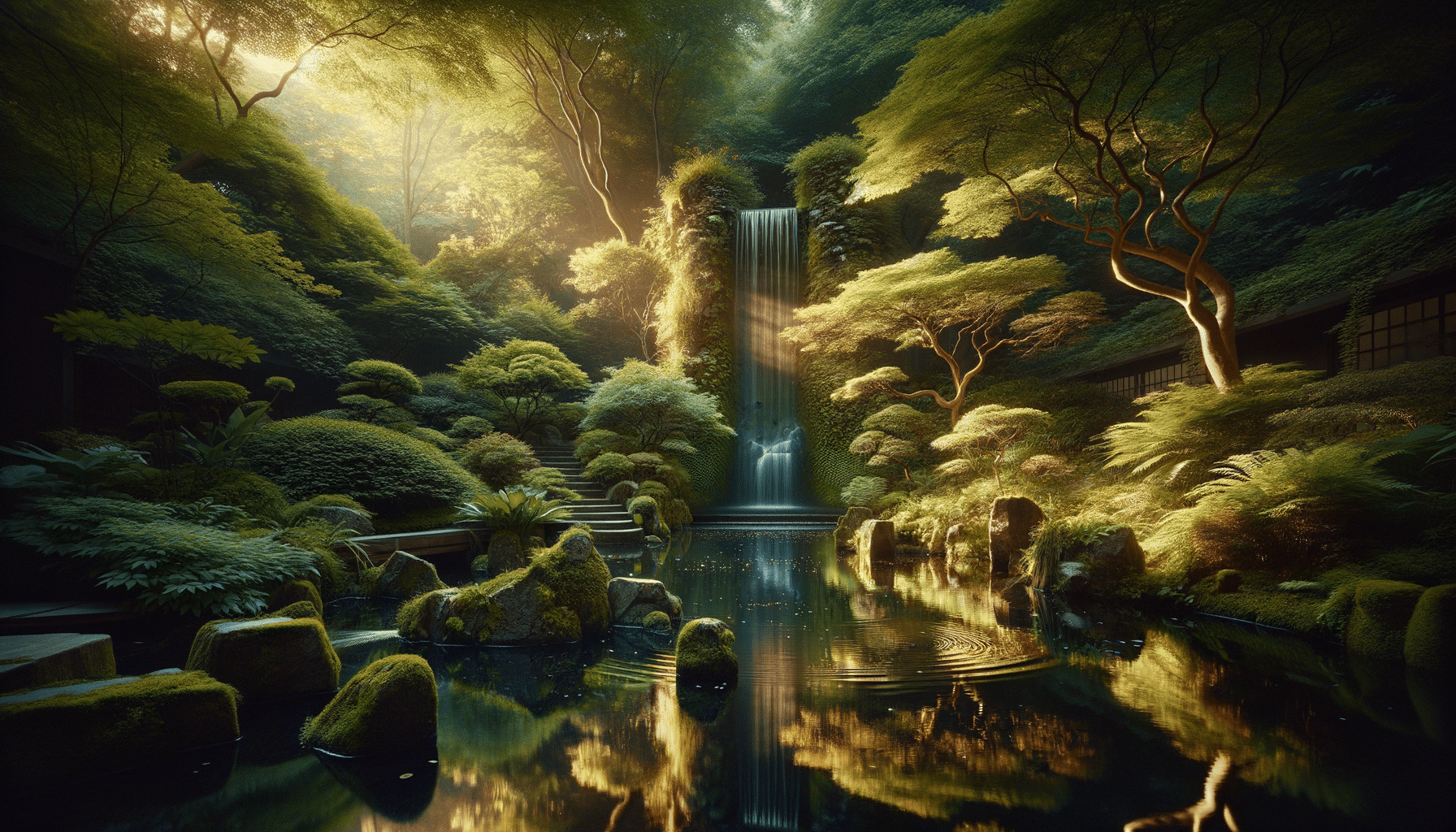
Transforming Spaces: The Art and Science of Water Feature Installation
Introduction to Water Feature Installation
Water features have long been a staple in gardens and landscapes, offering a soothing presence that enhances the aesthetic appeal of any outdoor space. From the gentle trickle of a small fountain to the dramatic cascade of a waterfall, these installations bring a piece of nature into our everyday environments. The importance of water features extends beyond mere decoration; they can improve air quality, reduce noise pollution, and create a sanctuary for wildlife. As urban environments grow, the inclusion of water elements in landscaping becomes increasingly relevant, making spaces not only more beautiful but also more sustainable.
Types of Water Features
When considering the installation of a water feature, it’s essential to understand the variety of options available. Each type brings its unique charm and functionality:
- Ponds: These are among the most traditional water features, providing a habitat for aquatic plants and fish. Ponds can vary in size from small garden ponds to expansive koi ponds.
- Fountains: Available in a range of styles from classical to modern, fountains can be a focal point in a garden or a subtle addition to a patio.
- Waterfalls: These features add a dynamic element to any landscape, with the sound of cascading water creating a serene atmosphere. Waterfalls can be standalone or integrated into ponds.
- Streams: Simulating the flow of a natural brook, streams can connect various water features and bring movement and sound to a landscape.
Each type of water feature can be tailored to fit the specific needs and style of your space, ensuring that the installation complements your existing landscape.
Planning and Design Considerations
Before embarking on a water feature installation, careful planning and design are crucial. Begin by assessing the space available and the desired impact of the feature. Consider the following factors:
- Scale and Proportion: The size of the water feature should be proportional to the surrounding area. A large waterfall might overwhelm a small garden, while a tiny fountain could get lost in a vast landscape.
- Location: Choose a site that offers the ideal balance of sunlight and shade for the plants and wildlife you wish to attract. Additionally, consider the visibility and accessibility for maintenance purposes.
- Materials: The choice of materials can greatly influence the aesthetic and durability of the water feature. Natural stones, ceramics, and metals each offer different textures and finishes.
Collaborating with a landscape designer can help translate your vision into a practical and beautiful reality, ensuring that all elements work harmoniously together.
Installation Process
The installation of a water feature typically involves several key steps, beginning with excavation and ending with the final touches:
- Site Preparation: This involves clearing the area and marking the layout. Excavation may be necessary for ponds and streams.
- Base Construction: A sturdy base is crucial for stability. This may involve laying a concrete foundation or installing a liner for ponds.
- Pump and Plumbing: Selecting the right pump is essential for water circulation. Plumbing should be discreetly integrated to maintain the feature’s aesthetic.
- Finishing Touches: Adding plants, rocks, and lighting can enhance the natural look and feel of the water feature.
Each step requires careful attention to detail, and hiring a professional can ensure that the installation is both efficient and effective.
Maintenance and Sustainability
Once installed, water features require regular maintenance to remain in peak condition. This includes cleaning filters, managing algae growth, and ensuring pumps are functioning correctly. Sustainable practices can be integrated into maintenance routines, such as:
- Using Solar Power: Solar-powered pumps and lights reduce energy consumption and can lower utility costs.
- Rainwater Harvesting: Collecting rainwater for use in the water feature can conserve resources and reduce environmental impact.
- Native Plantings: Surrounding the water feature with native plants can enhance biodiversity and reduce the need for chemical fertilizers and pesticides.
By adopting sustainable practices, you can enjoy your water feature while contributing to environmental conservation and resource efficiency.
Conclusion: The Transformative Impact of Water Features
Water features offer more than just visual appeal; they transform spaces into tranquil retreats and ecological havens. Whether you’re seeking a peaceful garden escape or a dynamic focal point, the right water feature can enhance both the aesthetic and environmental quality of your outdoor space. By considering factors such as design, installation, and sustainability, you can create a water feature that not only meets your needs but also contributes positively to the ecosystem. Embrace the beauty and benefits of water features and transform your landscape into a sanctuary of serenity and natural wonder.


